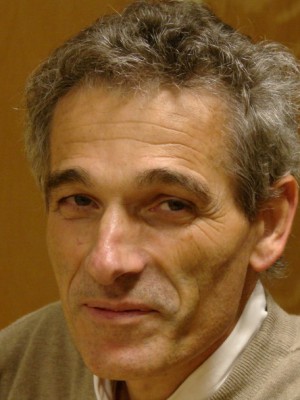abstract
Featured Application Solid Electrolyte Cells for Energy Conversion. Ceramics samples with the nominal composition [(ZrO2)(0.95)(Y2O3)(0.05)](1-x)[PrOy](x) and praseodymia contents of x = 0.05-0.15 were prepared by the direct firing of compacted 5YSZ + PrOy mixtures at 1450-1550 degrees C for 1-9 h and characterized for prospective applicability in reversible solid oxide cells. XRD and SEM/EDS analysis revealed that the dissolution of praseodymium oxide in 5YSZ occurs via the formation of pyrochlore-type Pr2Zr2O7 intermediate. Increasing PrOy additions results in a larger fraction of low-conducting pyrochlore phase and larger porosity, which limit the total electrical conductivity to 2.0-4.6 S/m at 900 degrees C and 0.28-0.68 S/m at 700 degrees C in air. A longer time and higher temperature of firing promotes the phase and microstructural homogenization of the ceramics but with comparatively low effect on density and conductivity. High-temperature processing leads to the prevailing 3+ oxidation state of praseodymium cations in fluorite and pyrochlore structures. The fraction of Pr4+ at 600-1000 degrees C in air is <= 2% and is nearly independent of temperature. 5YSZ ceramics with praseodymia additions remain predominantly oxygen ionic conductors, with p-type electronic contribution increasing with Pr content but not exceeding 2% for x = 0.15 at 700-900 degrees C. The average thermal expansion coefficients of prepared ceramics are in the range of 10.4-10.7 ppm/K.
keywords
SOLID OXIDE ELECTROLYSIS; OXYGEN-STORAGE CAPACITY; PHASE-RELATIONS; CELLS; DEGRADATION; PYROCHLORES
subject category
Chemistry, Multidisciplinary; Engineering, Multidisciplinary; Materials Science, Multidisciplinary; Physics, Applied
authors
Natoli, A; Frade, JR; Bamburov, A; Zurawska, A; Yaremchenko, A
our authors
Projects
Healing of solid oxide fuel cell materials (HEALING)
Carbon-depolarized high-temperature steam electrolysis (CARBOSTEAM)
acknowledgements
PhD scholarship of A.N. is funded by the FCT (grant SFRH/BD/116853/2016). This work was supported by the projects HEALING (POCI-01-0145-FEDER-032036) and CARBOSTEAM (POCI-01-0145-FEDER-032295) funded by FEDER through COMPETE2020-Programa Operacion-al Competitividade e Internacionalizacao (POCI) and by national funds through FCT/MCTES, and by the project CICECO-Aveiro Institute of Materials (UIDB/50011/2020 and UIDP/50011/2020), financed by national funds through the FCT/MCTES and when appropriate co-financed by FEDER under the PT2020 Partnership Agreement. A.Z.. gratefully acknowledges financial support from the Ministry of Science and Higher Education of the Republic of Poland for Statutory Grant CPE/098/STAT-MNAZ/20 in the Institute of Power Engineering.





